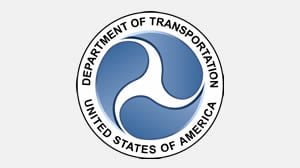RSS feed source: Federal Emergency Management Agency
As FEMA assistance applications are processed, individual situations can change. It is important that you keep FEMA informed of your current contact information. This will ensure any benefits you are eligible for reach you without delay.
The fastest way to provide missing or new information is to create an account at DisasterAssistance.gov and upload documents there. If you do not have internet access or need services not available on FEMA’s website, call the FEMA Helpline at 800-621-3362.
If more information is needed to process your application, FEMA may call you. These calls may come from unfamiliar phone numbers. It’s important that you answer these calls. FEMA will ask to verify your identity by stating your damaged dwelling address, the last four digits of your social security number, and possibly your registration number. To avoid fraud and scams, verify callers are from FEMA before sharing any information.
Tennesseans in Cheatham, Davidson, Dickson, Dyer, Hardeman, McNairy, Montgomery, Obion and Wilson counties who experienced damage from the April 2-24 severe storms have until Aug. 19 to apply for FEMA assistance.
How to Apply for FEMA Assistance
Apply online at DisasterAssistance.gov, use the FEMA App for mobile devices or call the FEMA Helpline at 800-621-3362. In-person help is available at any Disaster Recovery Center for submitting applications, getting updates and asking questions. Find a center here: DRC Locator (fema.gov).
Video: What to Expect Before Applying for FEMA Assistance | ASL
Click this link to continue reading the article on the source website.


